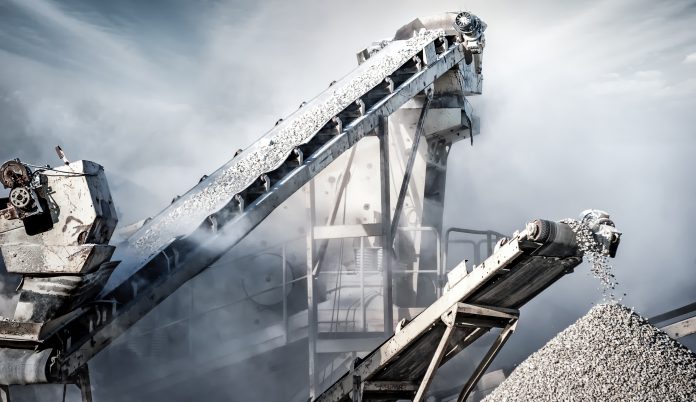The Mineral Products Association (MPA) has been appointed lead partner for a new groundbreaking waste clay in cement trial that could lead to carbon savings of up to 40%
The waste clay in cement trial will demonstrate how recycled clay can be used to both reduce waste from other industries and create low-carbon cement.
Waste-derived clays has the potential to reduce waste by 1.4 million tonnes
Researchers will use waste-derived clays, from brick manufacturing and overburden clays at quarry sites, to assess the potential to reduce waste by 1.4 million tonnes and cut the embodied CO2 of cement by an expected range of 20-40%.
Two heating methods are to be trialled to prepare the clay for use in cement and concrete.
These are:
- a rotary kiln, a commonly used technique;
- and innovative ‘flash heating’.
Potential to create a whole new waste clays market
Dr Diana Casey, director of Energy and Climate Change said: “Trialling the use of waste clay from brick manufacturing as a cementitious material is a huge step forward for our industry as we continue to decarbonise and move towards a circular economy.
“This will not only lower carbon and reduce waste, but has the potential to create a whole new market if waste clays become widely used in the construction industry, helping to retain economic value in the UK, secure jobs and attract investment.”
The project will be supported by industry partners Tarmac, Hanson, Imerys and Forterra, with research partners from the University of London and the University of Dundee.
The trial has been funded by Innovate UK and will run for two years.


















